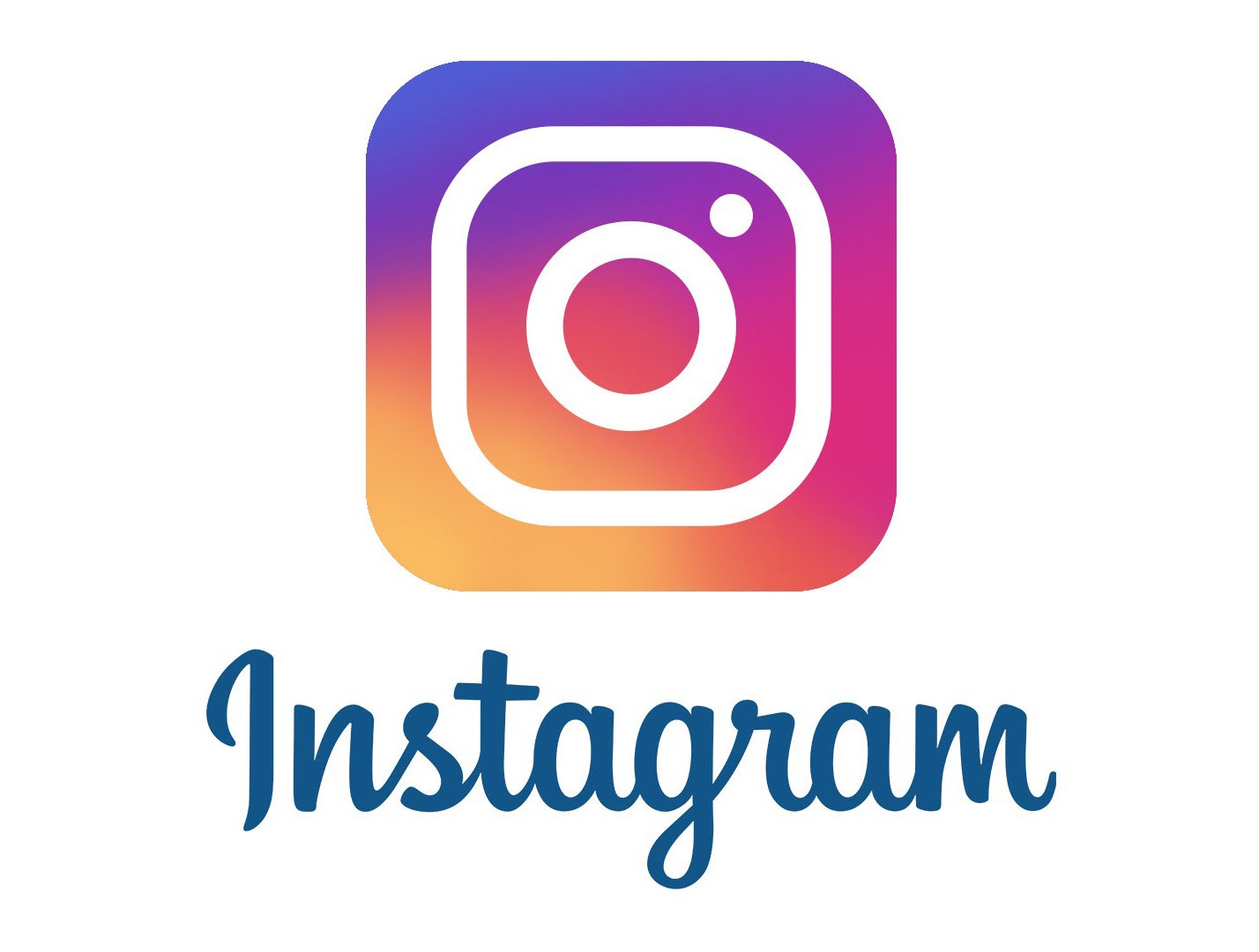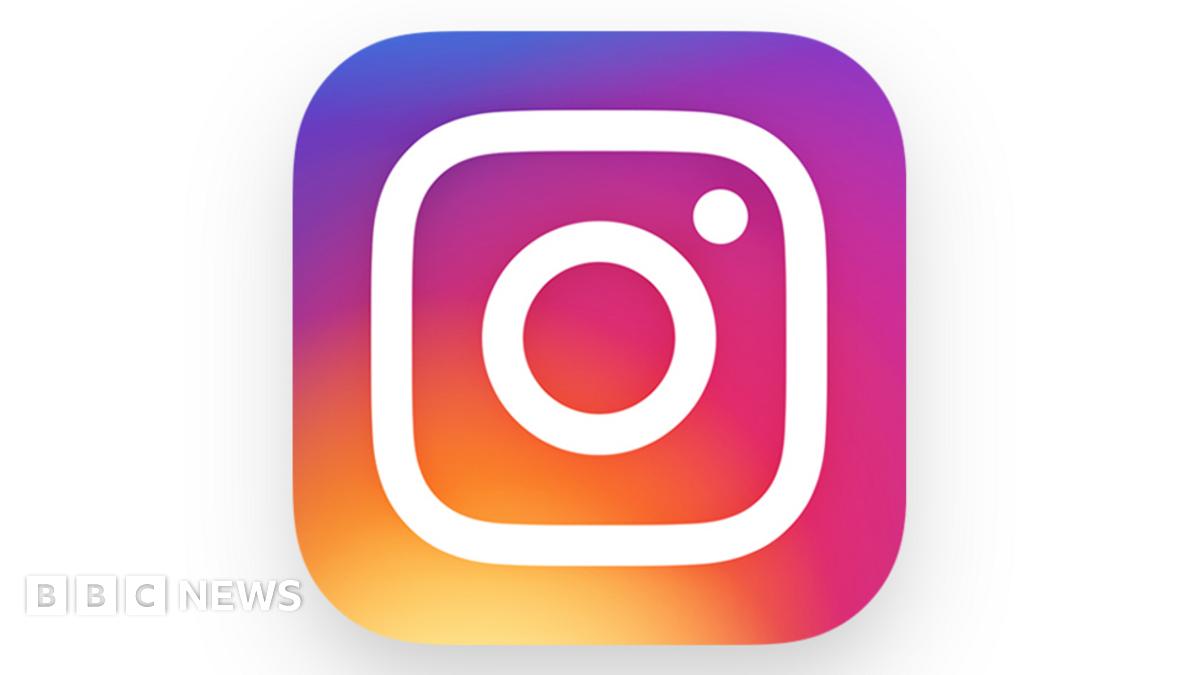Instagram is introducing a new set of custom app icons — but there’s a catch. Adult users can’t access them, only teen accounts. The feature allows younger users to switch out the standard Instagram icon for a few artful variants on their phone’s home screen, a tiny but extremely visible privilege targeted toward the demographic that values customization above all else.
When teens open the home feed in Instagram, they can find it by tapping on the Instagram logo at the top of their screen and selecting from a set of curated designs. Early versions include neon, clear glass and steel, fire, floral motifs, and a playful green slime — designs that feel closer to a sticker pack than a corporate logo.

What they are and where to find the new icons
Unlike the custom icon packs that need silly workarounds, these variations are treated as actual app icons. After selecting it in Instagram, the effect is applied on your device’s home screen with no Shortcuts link or additional tap required. That makes the experience feel like something built from scratch, rather than a hack jammed on top of iOS or Android.
The setting’s placement — behind a tap on the in-app logo — suggests Instagram wants this to feel like a fun discovery, not a buried preference. The company has tried experimenting with icon swaps in the past as limited-time Easter eggs. What’s now different is the size of the audience: This one comes with a restriction label, teen-friendly.
Why teens got it first and what it says about safety
Instagram’s teen accounts come with stronger defaults and guardrails, such as stricter content controls that work to provide a PG-13 experience and more limited messaging settings. Meta has also stated that it employs AI to estimate users’ ages and route such users to protections for teens when necessary. Painting icon swaps as a teen-only upgrade helps keep the feature within that safer-design framework.
There’s a strategic layer, too. When it comes to mobile, teens are the most avid home screen curators. The craze for personalization took off when Apple added widgets to iOS 14, and it accelerated with increased icon flexibility such as tinted app icons in iOS 18. Custom launchers and icon packs have been popular on Android for years, but the U.S. teen market leans heavily toward iPhone.
In the most recent Taking Stock With Teens survey from Piper Sandler, a large majority of American teens said they used iPhones, and Instagram has consistently rated as one of the top social platforms among Snapchat and TikTok for this group. Providing aesthetic control within the app is a low-lift way to incrementally deepen daily engagement with an audience that values visual identity.
Backlash and the competitive landscape around icons

The criticism is not just that they’re missing out; there’s also a problem of clarity. Features that exist purely within teen accounts can mislead families in which parents and children co-manage devices, or users who maintain multiple profiles. If Instagram wants to maintain icon swaps as part of its youth-centric safety design, it may also need to explain that logic in clearer terms so its older users don’t feel left behind.
Competitive dynamics also matter. Personalization aspects are cheap to build and can create outsized goodwill. But increasingly, rivals have found ways to monetize them: Snapchat attaches icons and other perks to a paid subscription, for example; some launchers on Android charge for premium icon packs. By keeping the perk free but limited to teenagers, if Instagram does so, it shifts from a paid add-on mentality toward a safety-bounded engagement utility.
The mobile customization wave shaping home screens
Home screen beauty has now become a cultural shorthand for identity. And iOS’s widget moment unleashed a cottage industry of icon themes, while anyone who has used a third-party launcher on Android has been switching icons for years. Apple’s more recent additions, like color-tinted icons and malleable grid layouts, also reduce the friction that used to send users off on clunky Shortcuts-based workarounds.
Given that background, then, Instagram’s built-in icon picker is a logical addition. It embraces teens where they’re already at — in the app itself — rather than asking them to jump through system-level hoops. And because it’s reversible at a tap, it encourages regular experimentation, which is precisely the behavior platforms want to encourage.
What to watch next as Instagram tests teen-only icons
The question mark is in what way custom icons grow out of teenhood, or if they do. The continued availability of the feature in teen accounts marks an extension of Instagram’s safety-first packaging for minors, and it also neatly separates the experience for that audience without tampering with fundamental functionality. Broadening it more might alleviate frustration and bring the app in line with what competitors monetize, but it would also weaken the teen focus.
Either way, the shift is a tell. Instagram is embracing aesthetic control as a retention lever for its youngest users, while threading the needle on policy scrutiny of youth safety. It’s a small icon change with big implications for how the platform represents features — and expectations — segregated by age.

